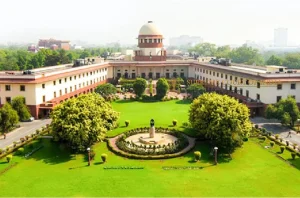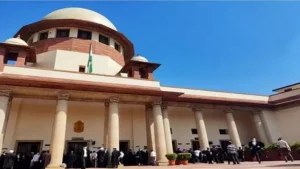
The National Company Law Tribunal (NCLT) and National Company Law Appellate Tribunal (NCLAT) have become some of the most crucial tribunals in the country’s commercial and business landscape. These tribunals, once conceived to deliver swift and specialized justice, today stand as institutions with several gaps in resolving corporate disputes, insolvency matters, and other complex commercial issues. Their effectiveness and impact have come under increasing focus from appellate courts, exposing cracks and offering scope for improvement. This year-end wrap up looks at the output of these tribunals through the lens of Supreme Court judgments.
A Defining Moment: The Finolex Judgment
The year began with discussions around the Supreme Cour’s judgment in the Finolex Cablescase. The case involved serious allegations of board mismanagement and shareholder rights violations within one of India’s leading cable manufacturers. In a rare move, the apex court issued notices to NCLAT members, questioning their defiance of its orders. The ‘Supreme Courts’ warning was unequivocal: “Corporate India should know that if our orders are being subverted, there is a Supreme Court watching.”
This was followed by a series of judgments in which the Supreme Court put NCLT and NCLAT under a spotlight for various shortcomings, ranging from inefficiency to jurisdictional overreach being highlighted.




